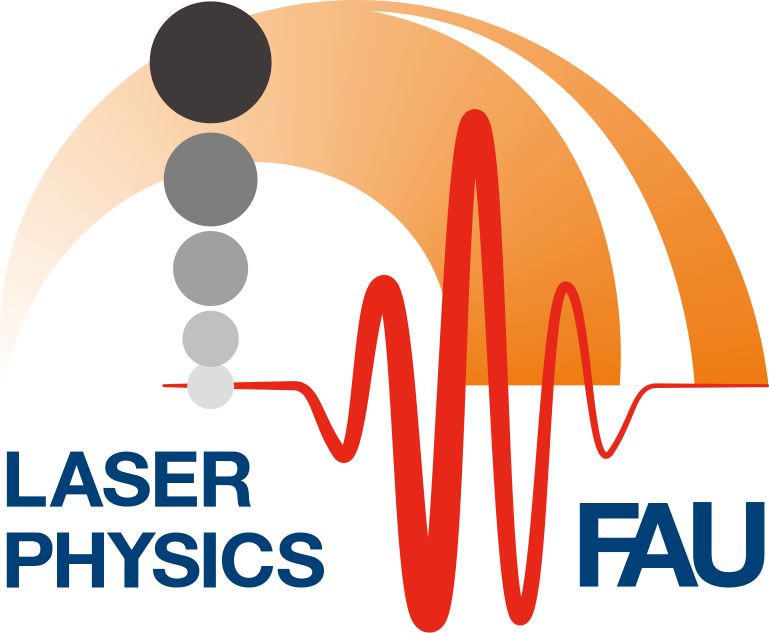Two-electron correlations – published in Nature Physics
A large area of ultrafast physics is all about the motion of electrons in strong pulsed laser fields on the time scale of femtoseconds (1 fs = 1 millionth of a billionth of a second). If femtosecond laser pulses are now sent to extremely sharp metal tips, extremely short electron pulses are produced. But what exactly happens when multiple electrons are confined on these tiny length and time scales?
Our latest publication on the field of laser-driven electron emission deals precisely with this question. Using a time-of-flight detector, we were able to isolate electron pulses in which exactly two electrons were registered at the detector. Measuring the energy of the two electrons, we were able to measure a strong repulsion, demonstrating a so-called anticorrelation in the measured electron energies. With the help of subsequent filtering, this anti-correlation allows us, for example, to change the counting statistics of the electron pulses. In addition, we were able to describe other properties of this anticorrelation, such as its typical time duration or the interaction with the dynamics of the electrons in the strong laser field.
The results have just been published in Nature Physics and can be viewed here. A version on the open portal arXiv can be found here. In addition, a press release from FAU has appeared here.
Our article was published simultaneously with a related experiment performed in Göttingen (found here). A commentary by our colleagues J. Simonaitis and Dr. D. Keathley from MIT on the possibilities opened by both experiments can be found here.

